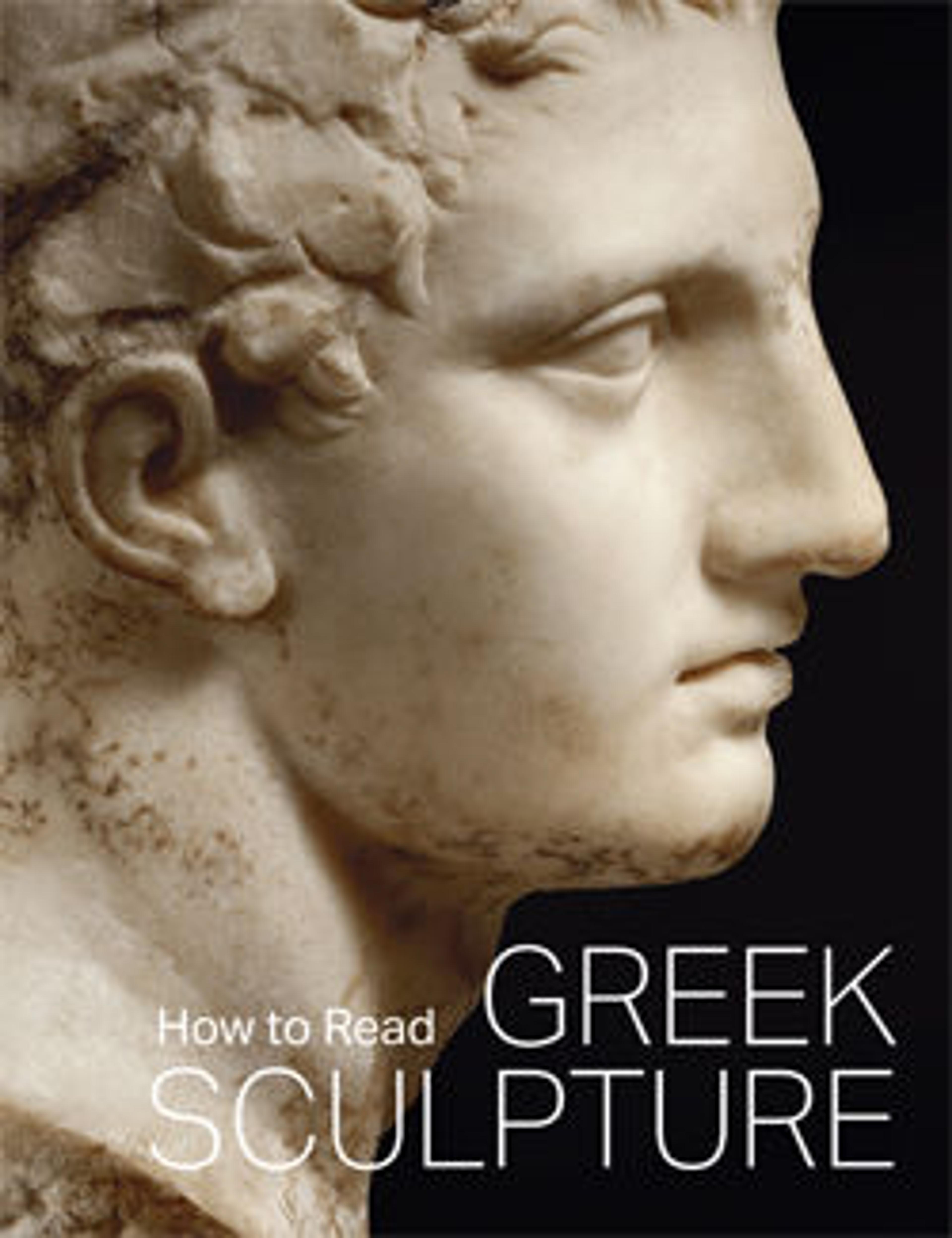Pair of gold earrings with Ganymede and the eagle
These superb earrings consist of a large honeysuckle palmette below which hangs a finely worked three-dimensional figure of the Trojan prince Ganymede in the clutches of Zeus, who has assumed the guise of an eagle. Coveted by Zeus for his beauty, Ganymede was carried off to Mount Olympos to be a cup-bearer for the gods. The pendants are sculptural masterpieces in miniature, which no doubt reflect in their basic conception a famous large-scale bronze group of the same subject, made by Leochares in the first half of the fourth century B.C. The airborne theme is ingeniously adapted here to an object that hangs freely in space.
Artwork Details
- Title:Pair of gold earrings with Ganymede and the eagle
- Period:Classical
- Date:ca. 330–300 BCE
- Culture:Greek
- Medium:Gold
- Dimensions:total H. 2 3/8 in. (6 cm); H. of rosette 1 in. (2.5 cm); H. of Ganymede group 1 3/16 in. (3 cm)
- Classification:Gold and Silver
- Credit Line:Harris Brisbane Dick Fund, 1937
- Object Number:37.11.9, .10
- Curatorial Department: Greek and Roman Art
More Artwork
Research Resources
The Met provides unparalleled resources for research and welcomes an international community of students and scholars. The Met's Open Access API is where creators and researchers can connect to the The Met collection. Open Access data and public domain images are available for unrestricted commercial and noncommercial use without permission or fee.
To request images under copyright and other restrictions, please use this Image Request form.
Feedback
We continue to research and examine historical and cultural context for objects in The Met collection. If you have comments or questions about this object record, please contact us using the form below. The Museum looks forward to receiving your comments.
